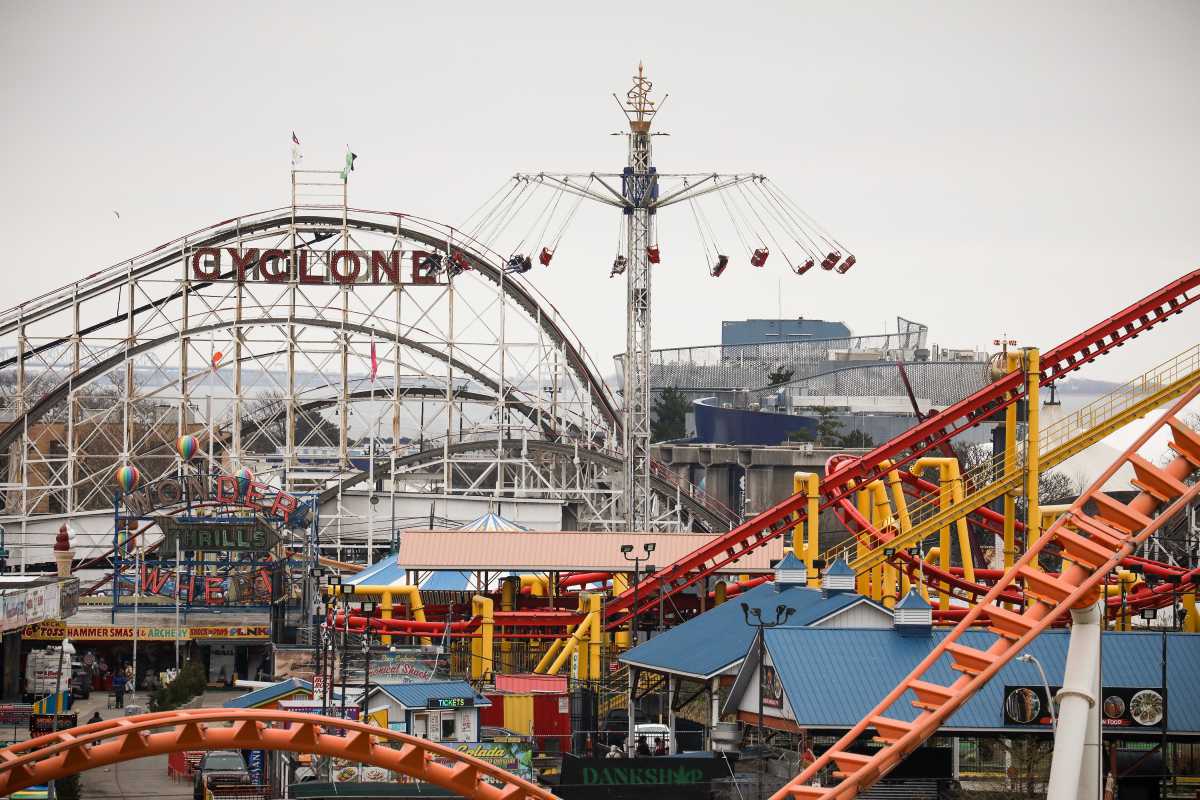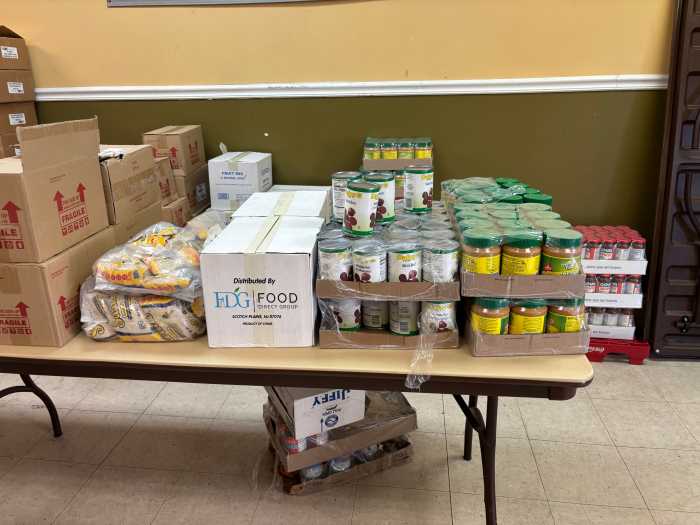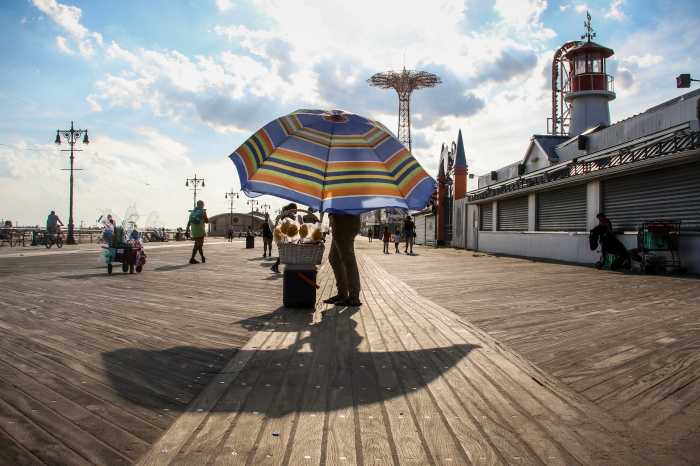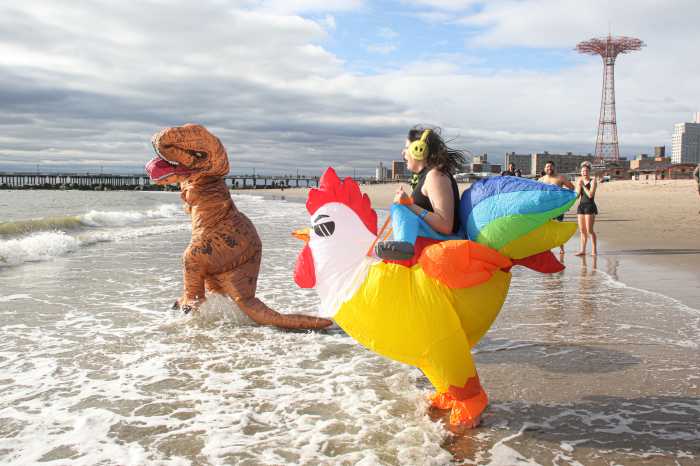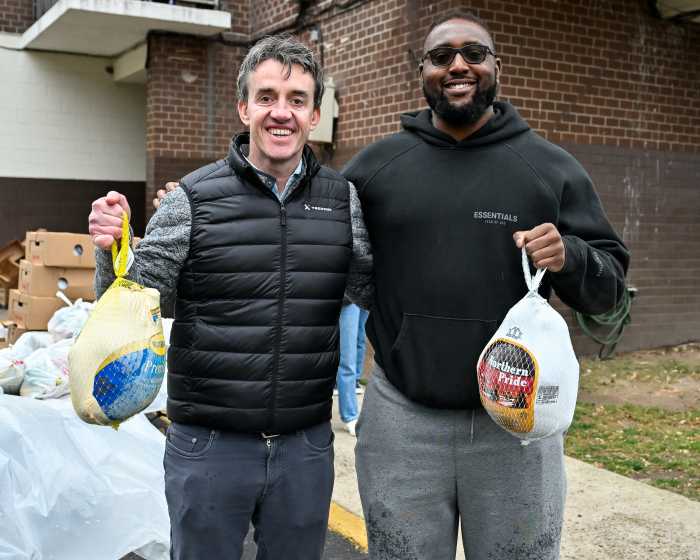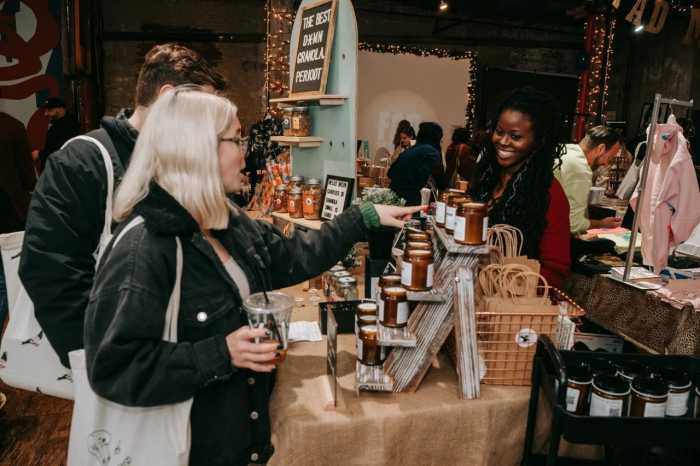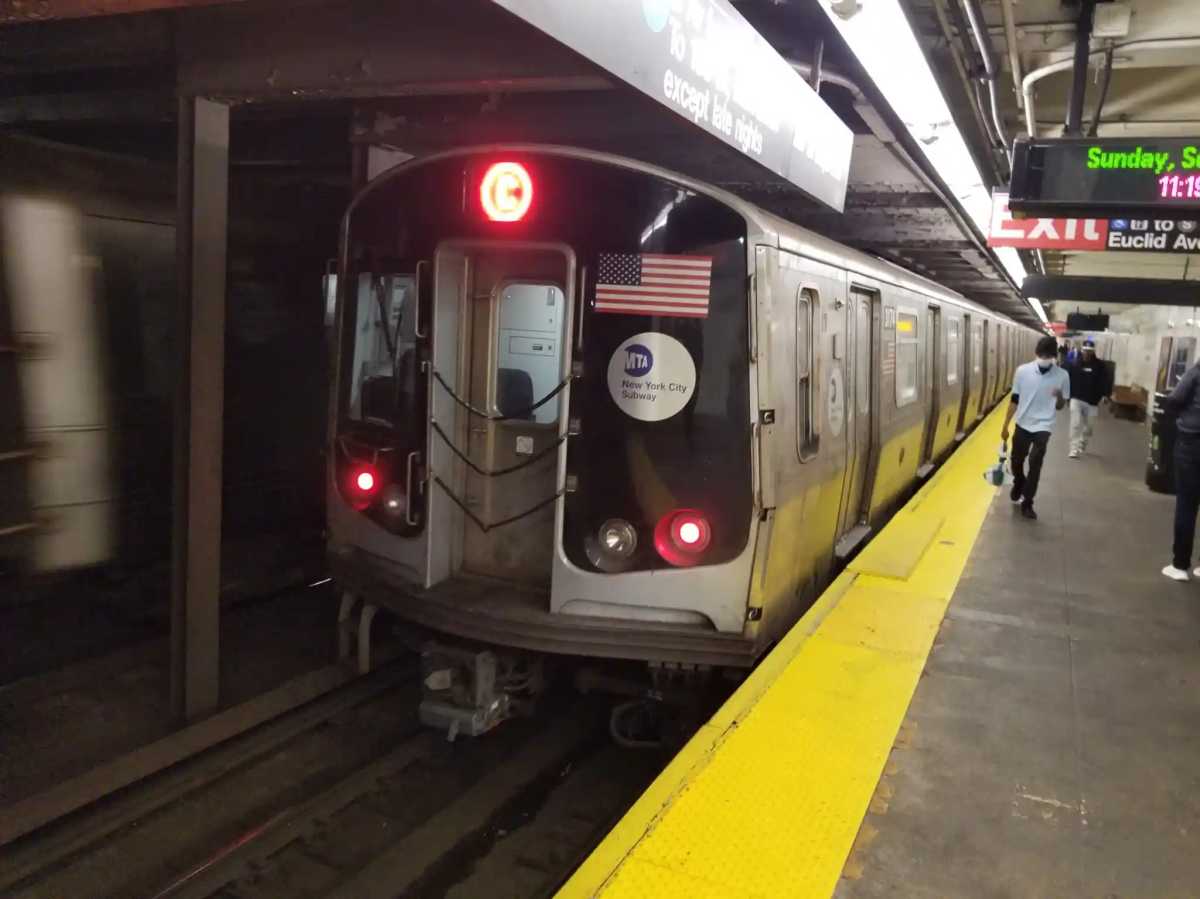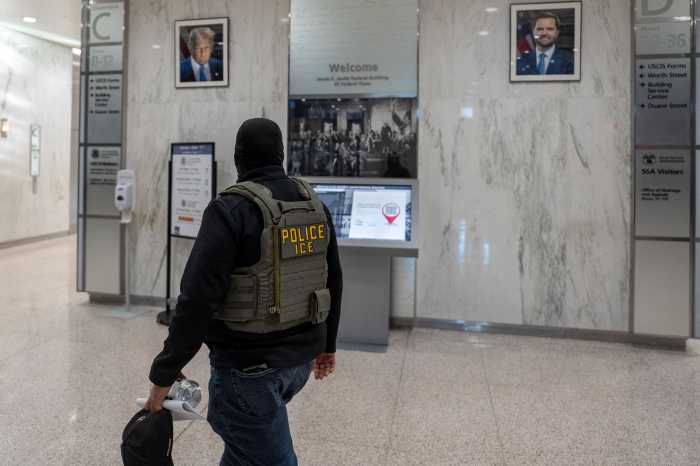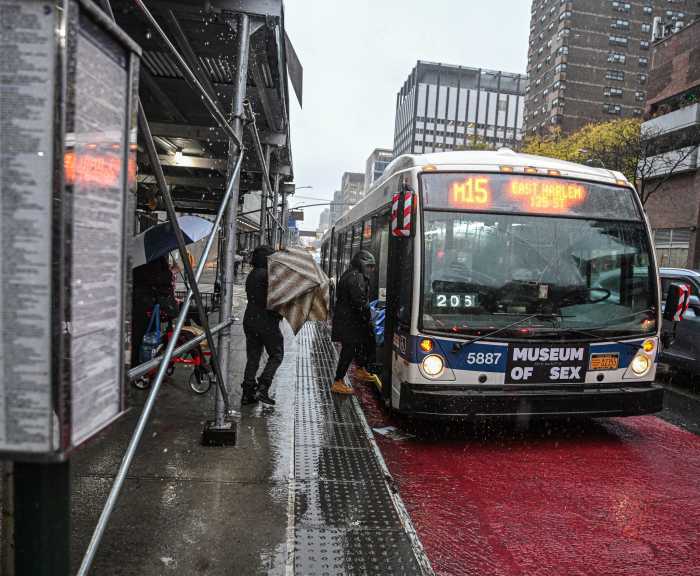They say if Paris is France, then Coney Island in summer is the world — a magical beach town with a roller coaster and Ferris wheel dropped in the middle of it. But my job is to fight for the people who call the peninsula home all year long.
Five million tourists pour into this seaside village every year. Yet behind the bright lights, from Stillwell Avenue to Sea Gate, nearly one in three residents live in poverty or face food insecurity. 61% spend more than 30% of their paycheck on rent. Child poverty here is among the worst in the nation.
The documentary Zipper plunged into the bitter 2009 Coney Island rezoning battle, swimming through the murky creek of urban renewal, politics, real estate, greed, and the fight to preserve our cultural landmarks. Watching it again, I couldn’t shake a sense of David vs. Goliath déjà vu and asked myself, “What would Woody do?”
Over the last 15 years, Coney Island has grown: more than 3,500 mostly affordable housing units, a wave of private development, and $750 million in public investment with more in the pipeline. But ask the locals, and you’ll hear a different story: the traffic still snarls, the busted boardwalk still groans, the West End still floods, and many of the vacant lots that starred in Zipper still sit empty.
There are things we need in Coney Island, but a casino isn’t one of them. And, let’s be real: casinos exist to make money, not to fix our aging infrastructure or lift families out of poverty. For surrounding businesses, the promise of eight million new customers should be welcome news. But everyone knows that a massive 37-acre casino complex wouldn’t complement our local economy — it would cannibalize it and swallow the People’s Playground whole. Casinos are designed to keep you — and your money — inside. And that might make sense next door to Citi Field, at the Aqueduct Racetrack or Ferry Point — but not in the middle of a small, crowded residential area, where its success would come at the expense of everything else around it.
Coney Island doesn’t want pity and we don’t need to be saved. We need respect and resources. Just because you can’t see City Hall from Kaiser Park doesn’t mean we should be ignored. Twelve years after Hurricane Sandy, many of our NYCHA developments are still rebuilding. That’s unacceptable. We shouldn’t have to wish upon a casino to get things fixed around here. We are proud of who we are, and we want the city to recognize the importance of the resilient people who live here, not just the tourists who visit.
Coney Island has a history of snake-oil salesmen promising the stars and delivering dust. I guess when you grow up next door to an amusement park, you can always tell when you’re being taken for a ride. Indeed, the Surfs, Mermaids, and Neptunes suffer no fools. Since being elected, I’ve spent time sweeping up shards of broken promises—and proving I’m different.
I inherited the casino proposal and made it a priority to stay impartial, ensuring every voice was heard and the process remained fair and free from my influence or interference. But now, after 10 hours of public hearings and thousands of emails, it’s time for my verdict: when it comes to The Coney casino application I will be voting NO and I urge my colleagues on the Community Advisory Committee to do the same.
Instead, let’s create jobs by building something that would enhance what we already have, not replace it. Let’s fill the empty lots with new rides and roller coasters. Let’s turn forgotten alleys into vibrant pedestrian plazas. Let’s attract the new retail businesses people actually want. Let’s open a year-round waterpark. Let’s get serious about building a ferry at Steeplechase Pier. It can all be done.
Let’s urge the city to establish a legacy business registry and preservation fund for the small businesses that have been the backbone of Coney Island for decades but still face the threat of displacement. And, rather than feeling like we must constantly fight against what we don’t want, let’s come together and fight for what we do!
Coney Island is, was, and must always remain the Big Apple’s most famous egalitarian gathering place — a sanctuary where hard work, grit, and fun in the sun for everyday people always comes before false profits.
I love you, Coney Island. Thank you for trusting me to serve this amazing community. Our best days are yet to come!
Justin Brannan represents Coney Island in the New York City Council and serves as Chair of Community Advisory Committee for “The Coney”


